Apple’s MGIE is a revolutionary AI model that can edit images based on natural language instructions, using multimodal large language models to generate expressive and imaginative edits.
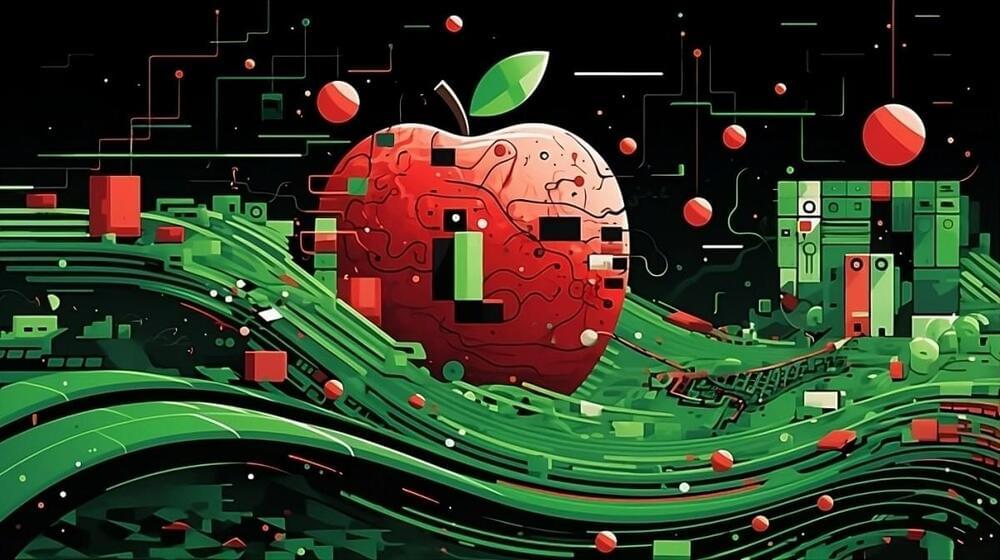


The promise and peril of the internet has always been a memory greater than our own, a permanent recall of information and events that our brains can’t store. More recently, tech companies have promised that virtual assistants and chatbots could handle some of the mnemonic load by both remembering and reminding. It’s a vision of the internet as a conversation layer rather than a repository.
That’s what OpenAI’s latest release is supposed to provide. The company is starting to roll out long-term memory in ChatGPT —a function that maintains a memory of who you are, how you work, and what you like to chat about. Called simply Memory, it’s an AI personalization feature that turbocharges the “custom instructions” tool OpenAI released last July. Using ChatGPT custom instructions, a person could tell the chatbot that they’re a technology journalist based in the Bay Area who enjoys surfing, and the chatbot would consider that information in future responses within that conversation, like a first date who never forgets the details.
Now, ChatGPT’s memory persists across multiple chats. The service will also remember personal details about a ChatGPT user even if they don’t make a custom instruction or tell the chatbot directly to remember something; it just picks up and stores details as conversations roll on. This will work across both the free (ChatGPT 3.5) and paid (ChatGPT 4) version.
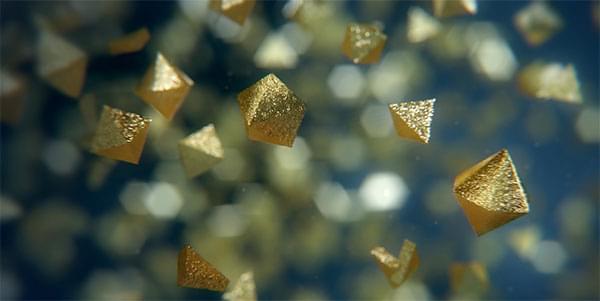
Results from phase two clinical trials at UT Southwestern Medical Center showed that a suspension of gold nanocrystals taken daily by patients with multiple sclerosis (MS) and Parkinson’s disease (PD) significantly reversed deficits of metabolites linked to energy activity in the brain and resulted in functional improvements.
The findings, published in the Journal of Nanobiotechnology (“Evidence of brain target engagement in Parkinson’s disease and multiple sclerosis by the investigational nanomedicine, CNM-Au8, in the REPAIR phase 2 clinical trials”), could eventually help bring this treatment to patients with these and other neurodegenerative diseases, according to the authors.
Gold nanocrystals suspended in a water buffer represent a novel therapeutic agent developed by Clene Nanomedicine for neurodegenerative conditions. This nanomedicine, called CNM-Au8, is being investigated to treat patients with multiple sclerosis and Parkinson’s disease in clinical trials at UT Southwestern. (Illustration: Random 42/Source: Clene Nanomedicine)

NASA’s James Webb Space Telescope (JWST) continues to send back breathtaking images of the cosmos, to include planets in our solar system, exoplanets, and supernovae, using its powerful infrared instruments. However, the famous space agency is preparing to launch another powerful space telescope to explore the cosmos, but this time using ultraviolet light, and is appropriately called UVEX (UltraViolet Explorer), which was previously selected in 2022 for further evaluation as part of NASA’s Medium-Class Explorer program and is currently scheduled to launch no earlier than 2027.
Southern Ring Nebula taken in near-infrared light (left) and mid-infrared light (right) by NASA’s James Webb Space Telescope. (Credit: NASA, ESA, CSA, STScI)
“NASA’s UVEX will help us better understand the nature of both nearby and distant galaxies, as well as follow up on dynamic events in our changing universe,” said Dr. Nicola Fox, who is the associate administrator for the Science Mission Directorate at NASA Headquarters. “This mission will bring key capabilities in near-and far-ultraviolet light to our fleet of space telescopes, delivering a wealth of survey data that will open new avenues in exploring the secrets of the cosmos.”
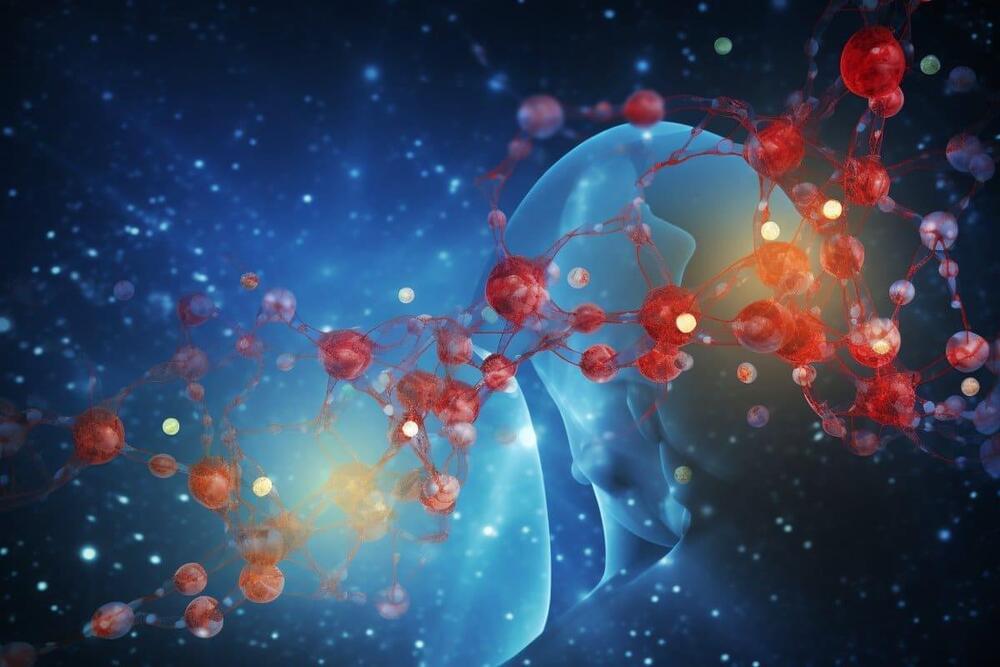
Summary: Researchers uncovered the mechanisms by which oxytocin (OXT) influences learning and memory in animals. Their study utilized pharmacogenetic techniques to activate specific OXT neurons within the brain, assessing the impact on cognitive functions through tasks like the Novel Object Recognition Task (NORT).
The findings reveal that activating OXTergic neurons significantly enhances long-term object recognition memory, with notable activity observed in the brain’s supramammillary nucleus (SuM) and dentate gyrus. This groundbreaking research not only deepens our understanding of oxytocin’s role beyond social bonding but also suggests its potential in developing treatments for dementia.
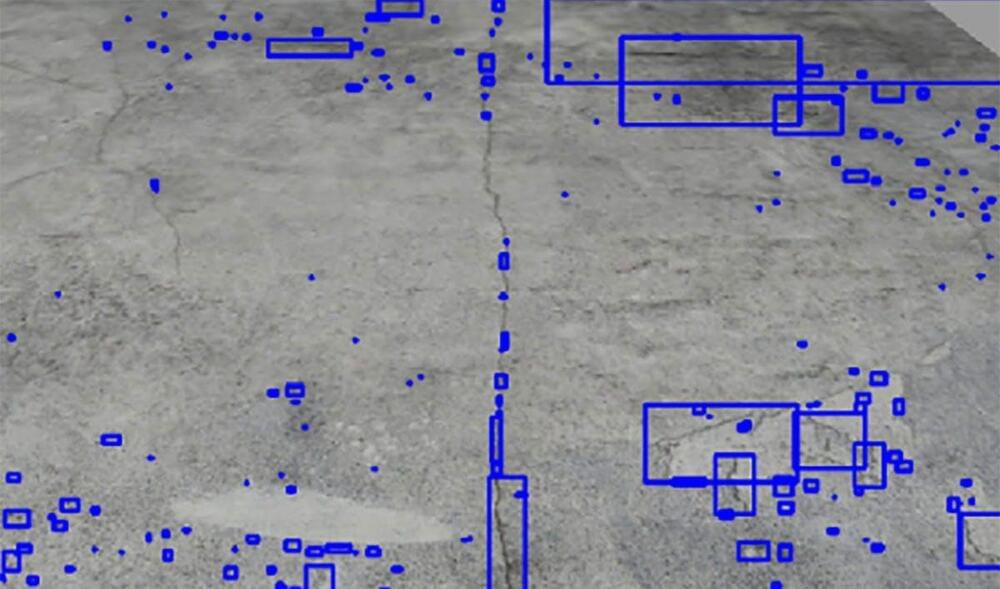
Researchers based at the Drexel University College of Engineering have devised a new method for performing structural safety inspections using autonomous robots aided by machine learning technology.
The article they published recently in the Elsevier journal Automation in Construction presented the potential for a new multi-scale monitoring system informed by deep-learning algorithms that work to find cracks and other damage to buildings before using LiDAR to produce three-dimensional images for inspectors to aid in their documentation.
The development could potentially work to benefit the enormous task of maintaining the health of structures that are increasingly being reused or restored in cities large and small across the country. Despite the relative age of America’s built environment, roughly two-thirds of today’s existing buildings will be in use in the year 2050, according to Gensler’s predictions.
Lee Smolin joins TOE to discuss his work in theoretical physics, the dynamic nature of the laws of physics and the concept of time.
TIMESTAMPS:
00:00:00 — Intro.
00:04:13 — Doubly Special Relativity and Violation of Lorentz Invariance.
00:09:15 — The Concept of Thick Time.
00:19:11 — Duality Between String Theory and Loop Quantum Gravity.
00:23:50 — Condensed Matter Theory.
00:28:35 — Approximating by a Continuum and Discrete Sets.
00:34:11 — Misapprehensions about Loop Quantum Gravity.
00:38:43 — Defining Complexity and the View of the Universe by One Observer.
00:43:52 — Causal Energetic: The Relationship Between Varieties and Kinetic Energy.
00:48:38 — Varying Parameters in the Universe.
00:53:35 — The Bomes Interpretation of Quantum Mechanics.
00:58:30 — Causality and Relativity.
01:03:15 — Different Styles in Mathematics and Chess.
01:07:55 — The Fundamental Questions in Biology.
01:12:49 — Marrying Outside Your Field.
01:18:04 — Discussion on Authors and Novels.
01:23:35 — Conversations with Fire Robin.
01:28:39 — Being Sincere and Ambitious.
01:33:39 — A Visit from BJ
01:38:34 — Outro.
NOTE: The perspectives expressed by guests don’t necessarily mirror my own. There’s a versicolored arrangement of people on TOE, each harboring distinct viewpoints, as part of my endeavor to understand the perspectives that exist.
THANK YOU: To Mike Duffey for your insight, help, and recommendations on this channel.
Support TOE:
- Patreon: / curtjaimungal (early access to ad-free audio episodes!)
- Crypto: https://tinyurl.com/cryptoTOE
- PayPal: https://tinyurl.com/paypalTOE
- TOE Merch: https://tinyurl.com/TOEmerch.
Follow TOE:
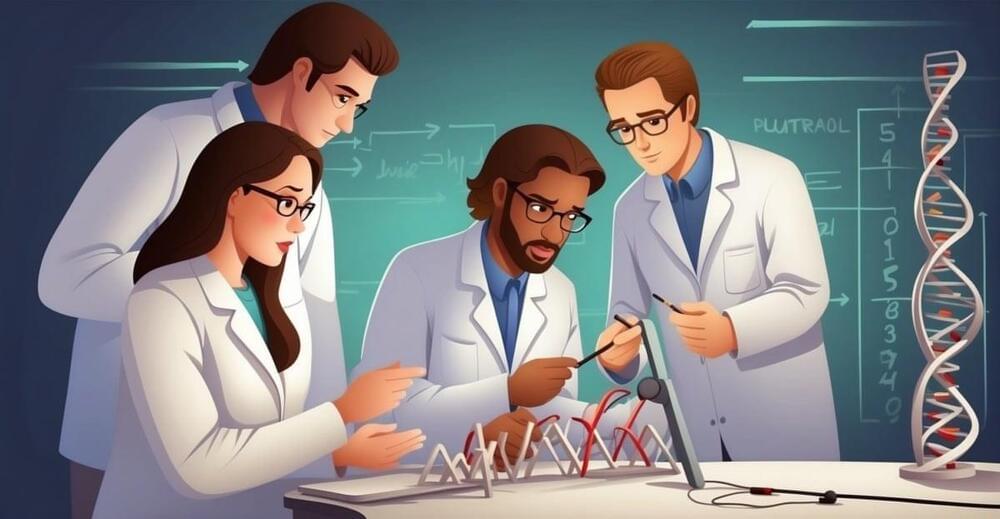

Janus nanosheets bring unprecedented control to preparation of nanoscrolls.
Researchers from Tokyo Metropolitan University have come up with a new way of rolling atomically thin sheets of atoms into “nanoscrolls.” Their unique approach uses transition metal dichalcogenide sheets with a different composition on either side, realizing a tight roll that gives scrolls down to five nanometers in diameter at the center and micrometers in length. Control over the nanostructure in these scrolls promises new developments in catalysis and photovoltaic devices.
Advancements in Nanotechnology.
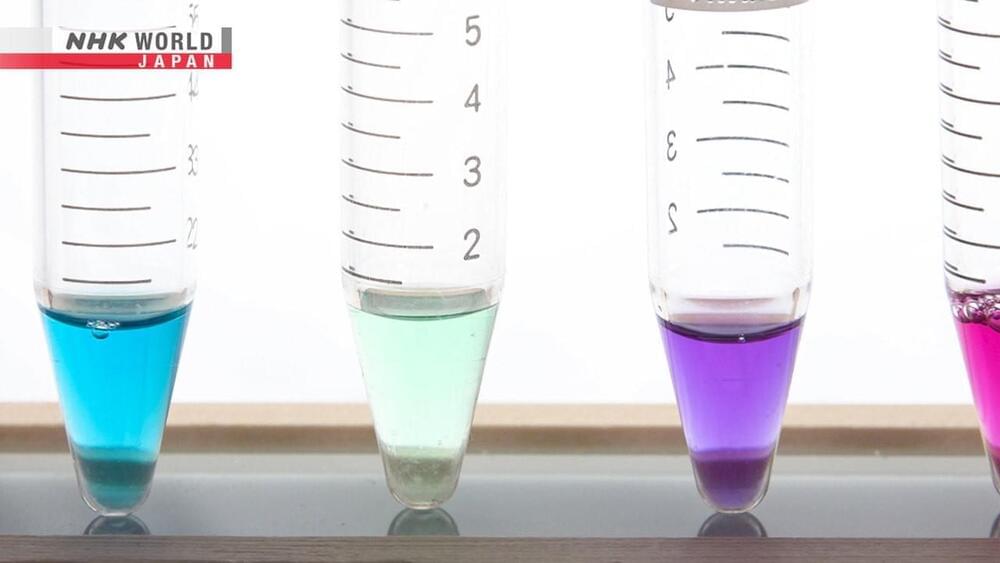
Rhodopsin can kill cancer cells keeping the surrounding cells healthy 😤
Considerable time and funding are required in development of new medicines necessary for otherwise untreatable illnesses. Professor Yuki SUDO of Okayama University seeks an innovative form of treatment using rhodopsin, a protein with light-reactive qualities. By extracting it and artificially inserting it into affected cells, it could treat illness simply by exposure to a specific type of light. He has succeeded in using rhodopsin to eliminate cells from cancer, the first such accomplishment ever achieved in the world. In this episode, we introduce the research toward a “light switch” to cure disease.